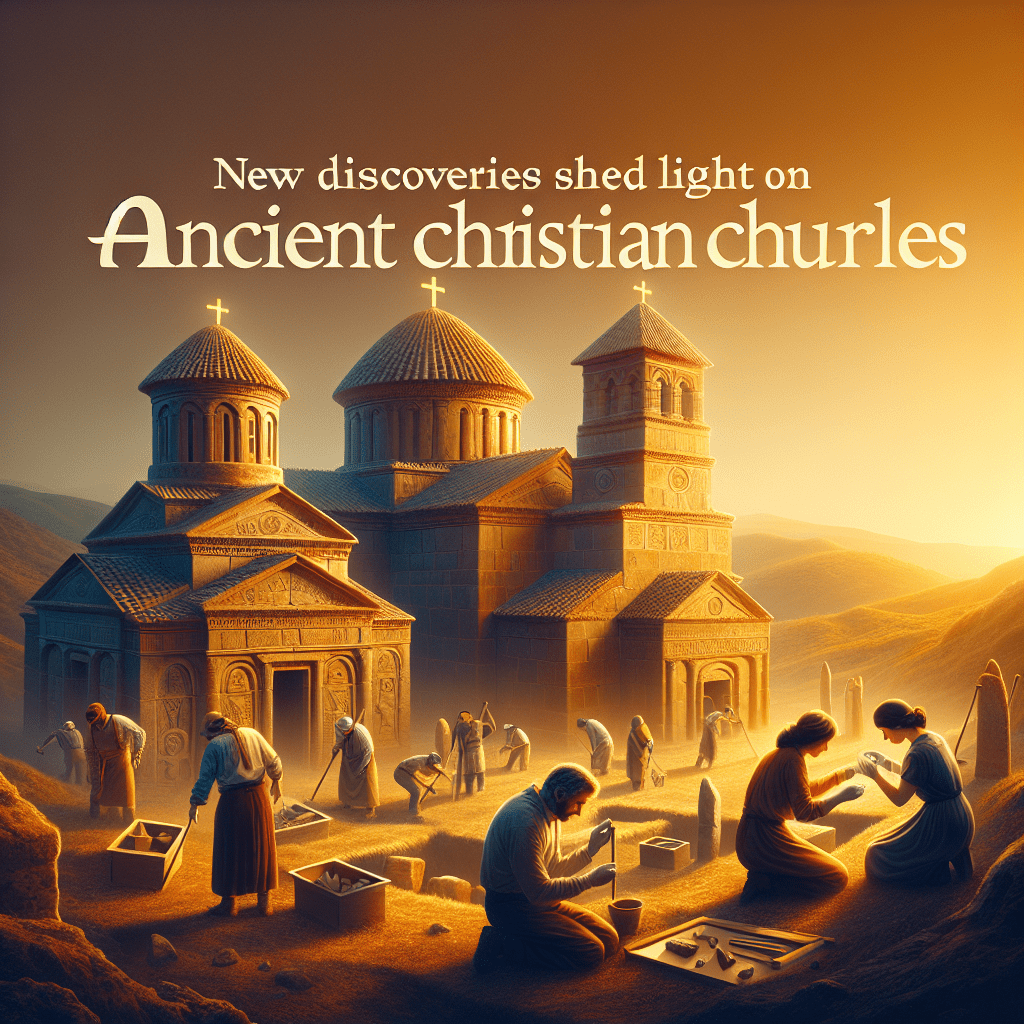Recent archaeological discoveries have shed new light on the early Christian churches that once thrived in ancient civilizations. These findings have provided valuable insight into the religious practices and beliefs of early Christians, as well as the influence that Christianity had on the cultures of the time.
One of the most significant discoveries in recent years is the uncovering of a fourth-century church in the city of Beit Nattif, near Jerusalem. This church is believed to have been built during the reign of Emperor Constantine, who was responsible for legalizing and promoting Christianity throughout the Roman Empire. The church is adorned with intricate mosaic floors depicting biblical scenes and inscriptions in Greek, suggesting that it was a place of worship for a Greek-speaking Christian community.
Another important discovery is the uncovering of a first-century church in Megiddo, Israel. This church is one of the oldest known Christian churches in the Holy Land and is believed to have been built shortly after the death of Jesus Christ. The church features frescoes of biblical scenes, including the Last Supper, and inscriptions in both Hebrew and Aramaic, indicating that it was used by a diverse community of early Christians.
These discoveries have provided archaeologists with valuable information about the development of early Christian art and architecture, as well as the spread of Christianity in the ancient world. They have also given scholars new insights into the religious beliefs and practices of early Christians, shedding light on how they interpreted and expressed their faith through art and architecture.
In addition to these archaeological finds, recent research has also uncovered new textual evidence that sheds light on early Christian beliefs and practices. For example, the discovery of a sixth-century manuscript in Egypt known as the “Garima Gospels” has provided scholars with new insights into the early development of Christian theology and liturgy in the region. The manuscript contains extensive commentary on the Gospels, as well as hymns and prayers that were used by early Christians in worship.
Overall, these new discoveries have deepened our understanding of the early Christian churches and the ways in which they shaped the religious landscape of the ancient world. They have provided valuable insights into the art, architecture, and beliefs of early Christians, as well as their interactions with the cultures and societies in which they lived. As archaeologists and scholars continue to uncover new evidence, we can expect to gain even more knowledge about the early history of Christianity and its impact on the world.

